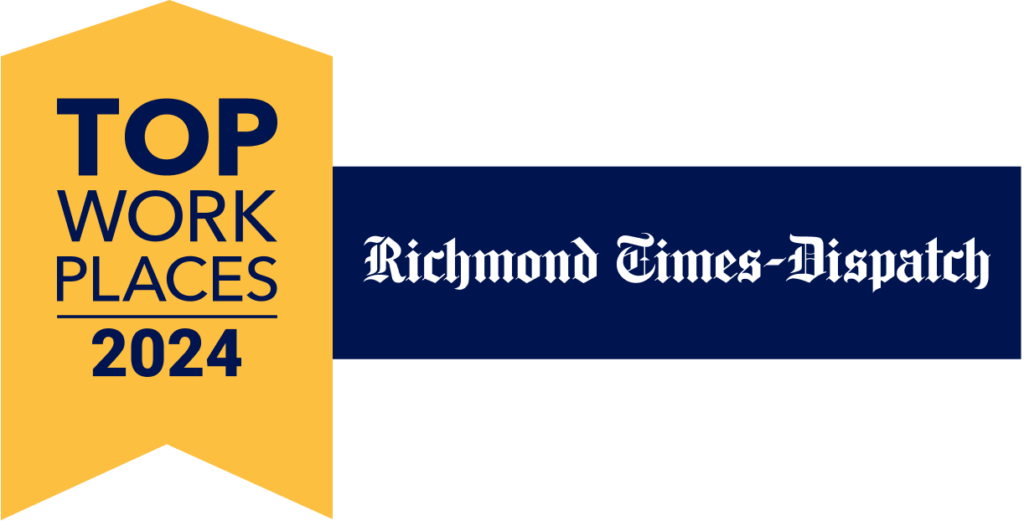Executive Summary
On the surface, federal employees may view Human Resources mainly for its administrative function—recruiting, hiring, and managing benefits, among the many important tasks. Examining its role more deeply, however, HR isn’t just about onboarding and compensation. At its core, HR is the lifeline of an organization. It bridges the gap between uncertainty and certainty for employees. In partnership with managers and supervisors, HR professionals create a stable environment where employees feel secure, valued, and empowered to activate their full potential—a prerequisite for organizational mission success.
Today, in the face of seismic labor market shifts, the strengths and limits of an organization’s HR function will be further put to the test. This year alone, roughly 4.1 million Americans will turn 65, marking the largest surge of retirement-age individuals we’ve ever seen. This wave of retirements puts immense pressure on federal HR departments to address an anticipated talent shortage. Because while leaders in the private sector have been preparing for this shift by implementing new practices and technology that enhance the employee experience, the public sector has lagged behind.
For those of us who have worked in the federal space as long as I have, you understand the challenges that HR departments must overcome when advocating for modernization. We must account for issues that are unique to the federal environment, such as navigating funding cycles that often disrupt long-term planning, and adhering to specific workforce rules and regulations that can sometimes be limiting.
Given these challenges, it’s no wonder that government agencies struggle to keep pace. As a result, many agencies still rely on traditional methods of HR where processes are often inefficient and outdated. Critical tasks like onboarding are often siloed, causing delays and a lack of cohesion as multiple departments operate within their own systems and timelines. And functions like data entry into human capital management systems and the security clearance process are bogged down by manual, error-prone processes.
This way of doing things detracts from HR’s ability to focus on strategic initiatives. It also fails to meet the expectations of a modern workforce that values efficiency and transparency.
It’s not just the digital native generations that expect modern efficiencies. Think about how we as consumers interact online, where our purchases can be tracked in real-time. On our app, we can see when our wireless earbuds have shipped and when they’re on route, and we can see when the food we ordered will be delivered and when the driver is on the way. In the same vein, federal employees could benefit from real-time visibility into their HR requests, and managers from seeing the status of their hiring actions, enhancing satisfaction and reducing uncertainty.
The stakes are high. A recent report from the McChrystal Group calls this talent crisis one of America’s greatest threats. The challenge lies in attracting and retaining the next generation of workers, who are more diverse and seek purpose-driven careers. These younger workers are also tech-savvy and expect modern, efficient processes that align with their values and lifestyle.
Getting these processes right is critical, not only for employees but also for the success of each agency—and the nation. With Millennials and Generation Z seeking careers that offer opportunities for growth and impact, traditional HR models designed for previous generations are failing to meet these expectations. This talent crisis not only affects the government’s ability to innovate, it has the potential to disrupt the critical missions that keep Americans safe and secure.
The Opportunity for Federal Agency Leaders
At Intact, we’ve seen first-hand the pivotal role technology can play in enhancing the employee experience and creating organizational efficiency. By harnessing this technology, Chief Human Capital Officers (CHCOs) have the opportunity to redefine federal HR.
Implementing modern HR technologies can empower employees through self-service platforms; connect siloed workflows to boost productivity; and enable data-informed decision-making. These enhancements not only increase employee satisfaction and engagement at every level, but also lead to a dramatic increase in data transparency and reduction in HR technology and time expenditures.
As a ServiceNow Elite Partner, Intact has collaborated with multiple federal agencies to design and execute HR modernization projects that put people first. Based on our experience and expertise in understanding the public sector’s unique needs, this paper will demonstrate how technology can attract and retain top talent by enhancing transparency and communication, streamlining processes, and increasing efficiency within these organizations.
Achieving these goals requires:
- Strategic planning: Aligning on the north star outcomes is critical to your organization’s success. Because it’s not just about implementing new tools—it’s about understanding how these tools can achieve your organization’s goals and priorities. This also allows for the intelligent use of out-of-the-box HR technology, which is more efficient and easier to evolve in the long run.
- Stakeholder engagement: Involving your people in the development of solutions, engaging them in working through challenges, and asking how they envision utilizing the platform. This may also require a cultural shift, given that bringing in new technologies can be met with anxiety and even fear. This is why leaders must help folks get on board by using adaptive leadership and keeping a pulse on how people are responding to new inputs.
- An iterative approach: Being nimble is cost-efficient and can help with employee buy-in. You don’t have to implement everything at once—you can phase it in and collect necessary feedback that can lead to even better outcomes.
- A process for continuous evolution: Ensuring ongoing enhancements and optimizations based on real-world use and feedback—so that the technology evolves with the organization, and helps the organization take on new capabilities.
Adopting this approach is essential for agencies. It’s the only way your organization can attract the best talent, engage and empower its current workforce, and ultimately achieve its mission.



